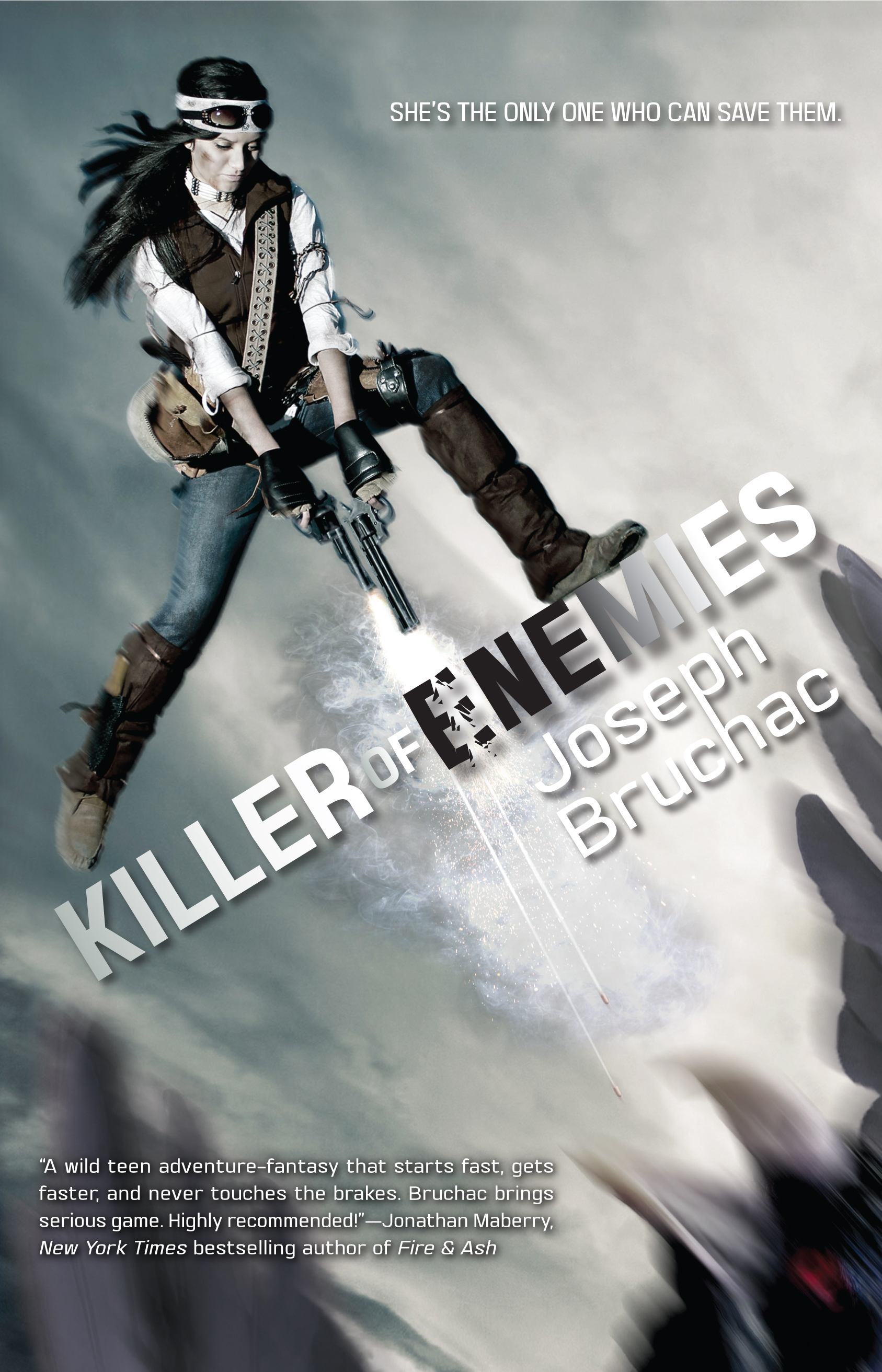
Opening lines: "I've been learning a lot about my mother recently. She was an explorer. A linguist. A scientist and a hero. When I was four years old, she was murdered."
Paul Pope's first graphic novel in this series, Battling Boy was about a young boy who comes to Arcopolis from another realm to fight monsters since their previous monster-fighting hero, Haggard West, was killed by a particularly nefarious monster gang. In that graphic novel, there was a minor character, the grieving daughter of Haggard West, named Aurora. Her determination and resourcefulness made her at least as intriguing as the Battling Boy and soon Pope wrote a prequel about Aurora West. This is a second prequel that takes Aurura from the end of the first prequel (when she was making progress in learning about how her mother died) to the beginning of the Battling Boy book. And it is a good book, with action and adventure and mystery and even some lighthearted moments. But it isn't perfect. SO here are a couple of things you should know before you pick it up.
First, it can be kind of confusing. I would not recommend this book as an introduction tot he series. It doesn't help that the format is so small. Occasionally the panels are so full of action, it is hard to figure out what is going on. Usually, though, it is just a matter of figuring out who the characters are and how they are related to each other.
Second, it is moderately violent. It is nowhere near the top of the violence spectrum in graphic novels, but it is possible that some parents might object tot he amount of violence. I would recommend this book for a more seasoned graphic novel reader. For those who like graphic novels with female protagonists, it might be a good follow up to Shannon Hale's excellent Rapunzel's Revenge and Calamity Jack.
The story is engaging. I think this one would work best for fifth and sixth grade and up. It is worth adding to your classroom library.






